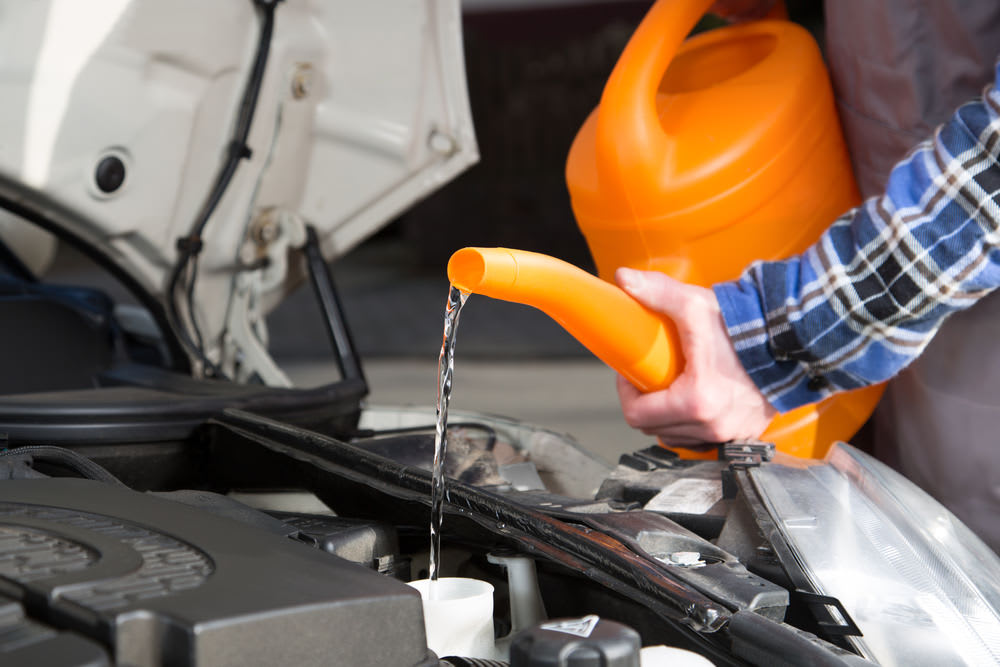

When a mechanic suggests you flush car fluids, such as transmission fluid, motor oil, or brake fluid, it basically means to replace the old fluid with new. In some cases, however, to fully flush fluids requires the middle step of rinsing, or cleansing the entire system by running water or a specialized cleaner through the system to remove any grit or grime that may have accumulated over time. That way, there are no contaminants in the system when fresh fluid is put in.
Since vehicles have several mechanical systems that require fluids for lubrication or cooling purposes, there are several types of fluid flushes. Here are the ways you can flush car fluids and how often they should be done for maintenance purposes:
Brake Fluid Flush: Although rarely necessary, you may need a brake fluid flush if moisture has made its way into your brake system and has become rust-colored or if it has been overheated. In many cases, however, a vehicle will never require a brake flush.
Engine Oil Flush: With motor oil, regular changes at intervals recommended in your vehicle’s owner’s manual are part of proper maintenance. Running a cleanser through the engine system, however, may cause more problems than it can fix because the sludgy contaminants such a flush dislodges can obstruct the oil pump pickup screen.
Fuel System Flush: Although many quick-lube stations recommend you flush fluids in your fuel system every 5,000 to 10,000 miles for optimal gas mileage, this service is really only necessary about every 35,000 miles. Since this procedure requires specialized tools, enlist the services of a well-stocked and experienced mechanic instead of a quick-fix shop.
Power Steering Fluid Flush: This is another type of car fluid flush you may never need. Instead, have a mechanic inspect the fluid once or twice a year. Only flush fluids in your power steering system if black grit or metal flakes are present or the substance smells burnt.
Radiator Flush: Vehicles produced from about 2011 and on use a newer, orange-colored coolant which does not require frequent radiator flushes and can withstand greater temperatures and has better corrosion protection. In these newer vehicles, consult with your owner’s manual or a mechanic for an appropriate flushing schedule. For other cars and trucks, however, draining the coolant and flushing the radiator should be done approximately every two years.
Transmission Fluid Flush: A transmission flush should be performed approximately every 35,000 miles or at the intervals indicated in your vehicle’s owner’s manual. More frequent flushes, however, can actually harm the transmission, so be leery of quick-lube businesses trying to make an up-sale. Also, any time you get a transmission flush, be sure that the filter is changed as well.
As you can see, there are as many ways to flush car fluids as there are fluid varieties, each with its own flushing needs. If you are in doubt as to whether your vehicle needs a fluid flush, our mechanics are available for consultations and can even perform any required flushes for you without any fuss.



